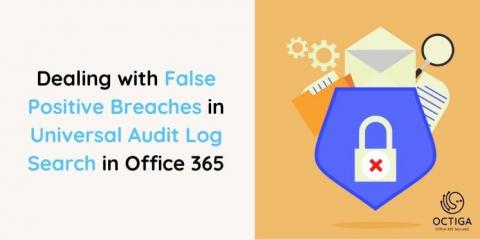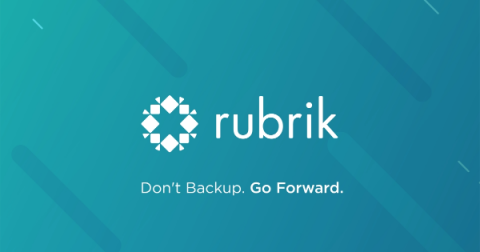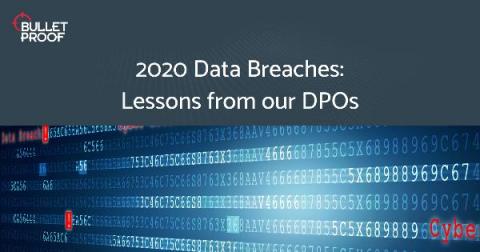Security | Threat Detection | Cyberattacks | DevSecOps | Compliance
Latest News
How to build a serial port fuzzer with Defensics SDK
Defensics SDK makes fuzz testing possible for custom protocols. Learn how to create a custom injector using the Defensics SDK API. Fuzz testing is never a bad idea. If you aren’t testing your implementation with malformed or unexpected inputs, someone else may be able to exploit a weakness simply from running the system. And fuzz testing (or fuzzing) is not only about finding potential security issues—it can also increase the overall robustness of the system.
Redland City Council Democratises Data with Rubrik
With a population of over 150,000, Redland City Council delivers municipal services to six residential islands spread along the southern coast of Moreton Bay in South-East Queensland between Brisbane and the Gold Coast. Glynn Henderson, CIO, saw data as the lifeblood of his organisation. “We see our data as an incredibly important asset.
Using Splunk to Detect Sunburst Backdoor
TL;DR: This blog contains some immediate guidance on using Splunk Core and Splunk Enterprise Security to protect (and detect activity on) your network from the Sunburst Backdoor malware delivered via SolarWinds Orion software. Splunk’s threat research team will release more guidance in the coming week. Also please note that you may see some malicious network activity but it may not mean your network is compromised. As always review carefully.
Cloud Security: Messy Blobs and Leaky Buckets
Moving to the cloud means a lot more than just moving your servers and applications to the cloud; it’s also about the data – and data always has a target on it. A lot of IT departments are finding that it’s easier to meet the “five nines” (99.999%) of uptime and availability by going outside their organization and letting AWS, Microsoft, or Google handle the infrastructure and personnel needed to meet those requirements.
8 Key Insights from the 2020 (ISC)2 Cybersecurity Workforce Study
2020 has been a very interesting year for the global workforce, with the vast majority of organizations having to rapidly transition to a remote workforce with little to no prior notice thanks to the COVID-19 pandemic. The 2020 (ISC)2 Cybersecurity Workforce Study looks at the effect of this transition to remote work and how organizations have fared. It also analyzes the impact of the pandemic and the resultant transition to remote work on cybersecurity professionals.
Create your Business Data Retention Policy
How a mobile device management solution can help with securing devices in the digital workspace
The past decade has witnessed many organizations adapting to a digital workspace, replacing the traditional physical offices setups with virtual workplaces encompassing all the technologies that employees require to get their work done. Because of the pandemic, even companies that were once against the concept of a distributed workforce have now been forced to embrace remote work. Though a digital workspace offers a more flexible user experience for employees, it comes with its own set of challenges.
Accelerate security investigations with Datadog Threat Intelligence
Attackers (i.e., threat actors) often reuse techniques or resources, such as IP addresses, hashes, and domains, in multiple attempts to find and exploit vulnerabilities in your systems. Defenders can categorize this data as indicators of compromise (IOCs) and create collections of IOCs in order to look out for potential attacks. These IOC collections are known as threat intelligence.
2020 Data Breaches: Lessons from our DPOs
2020 has been a quite the year for headline-grabbing data breaches thanks to a combination of record-breaking numbers and behind-the-hack tales. Despite huge investments in security tools and awareness, organisations of all sizes have struggled to fully protect their data from cyber criminals.










